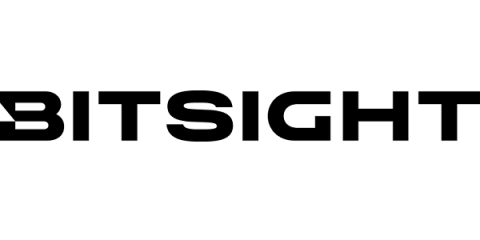Weekly Cyber Threat Intelligence Summary
Welcome to this week’s Cyber Threat Intelligence Summary, where we bring you the latest updates and insights on significant cyber threats. This edition analyses cyberattacks related to the Israel-Palestine conflict, global DNS probing by a Chinese threat actor, and a significant data leak involving the New York Times.











